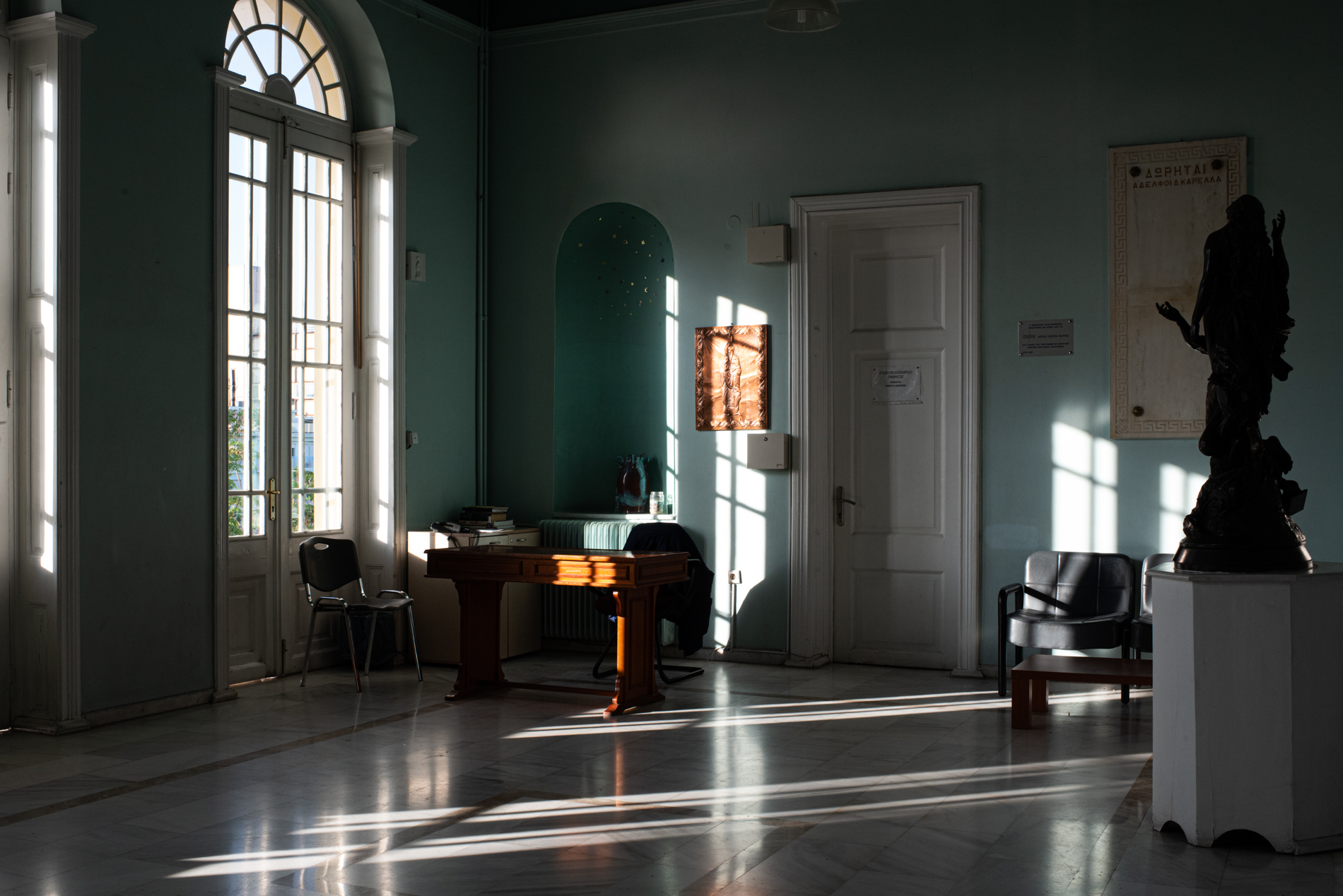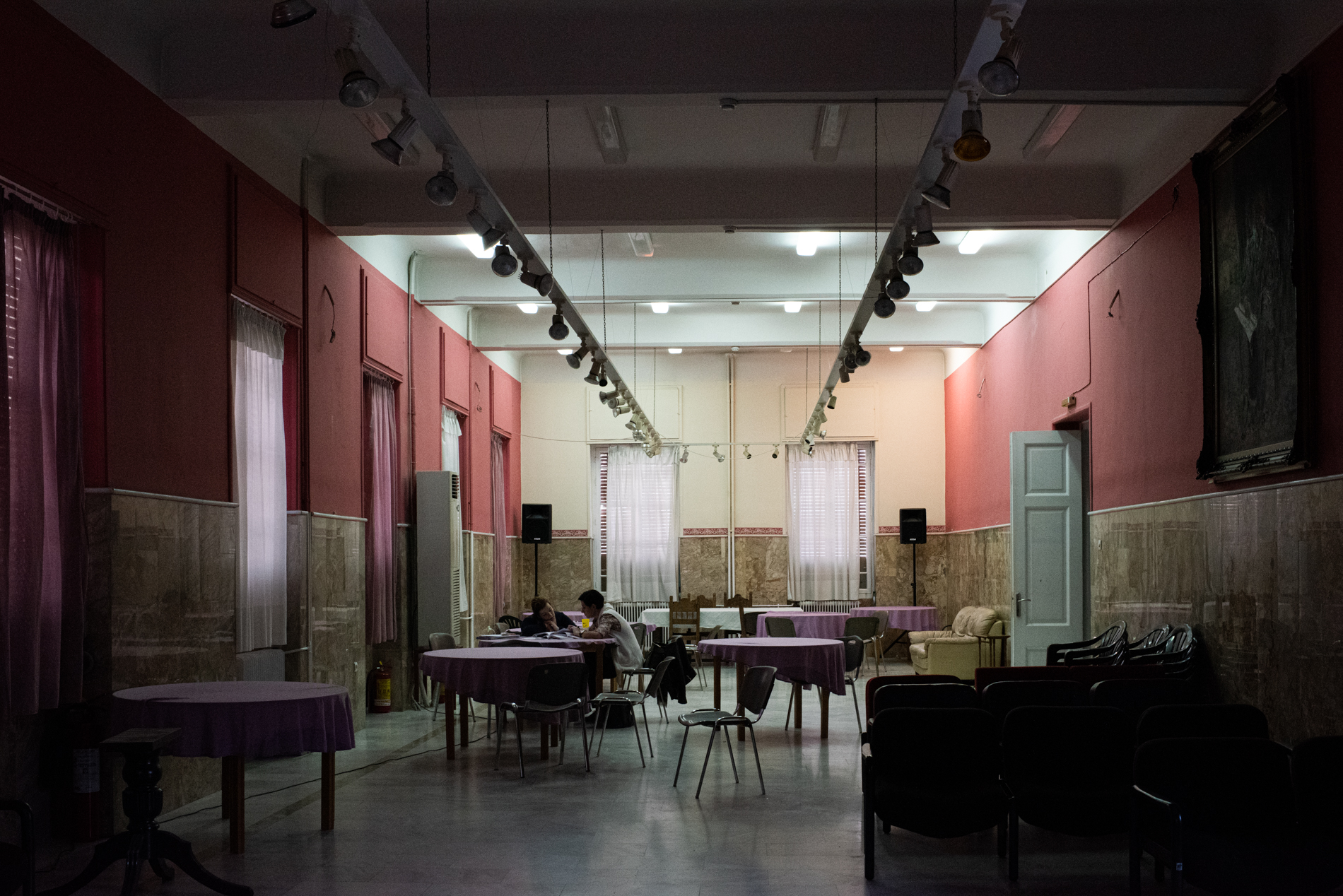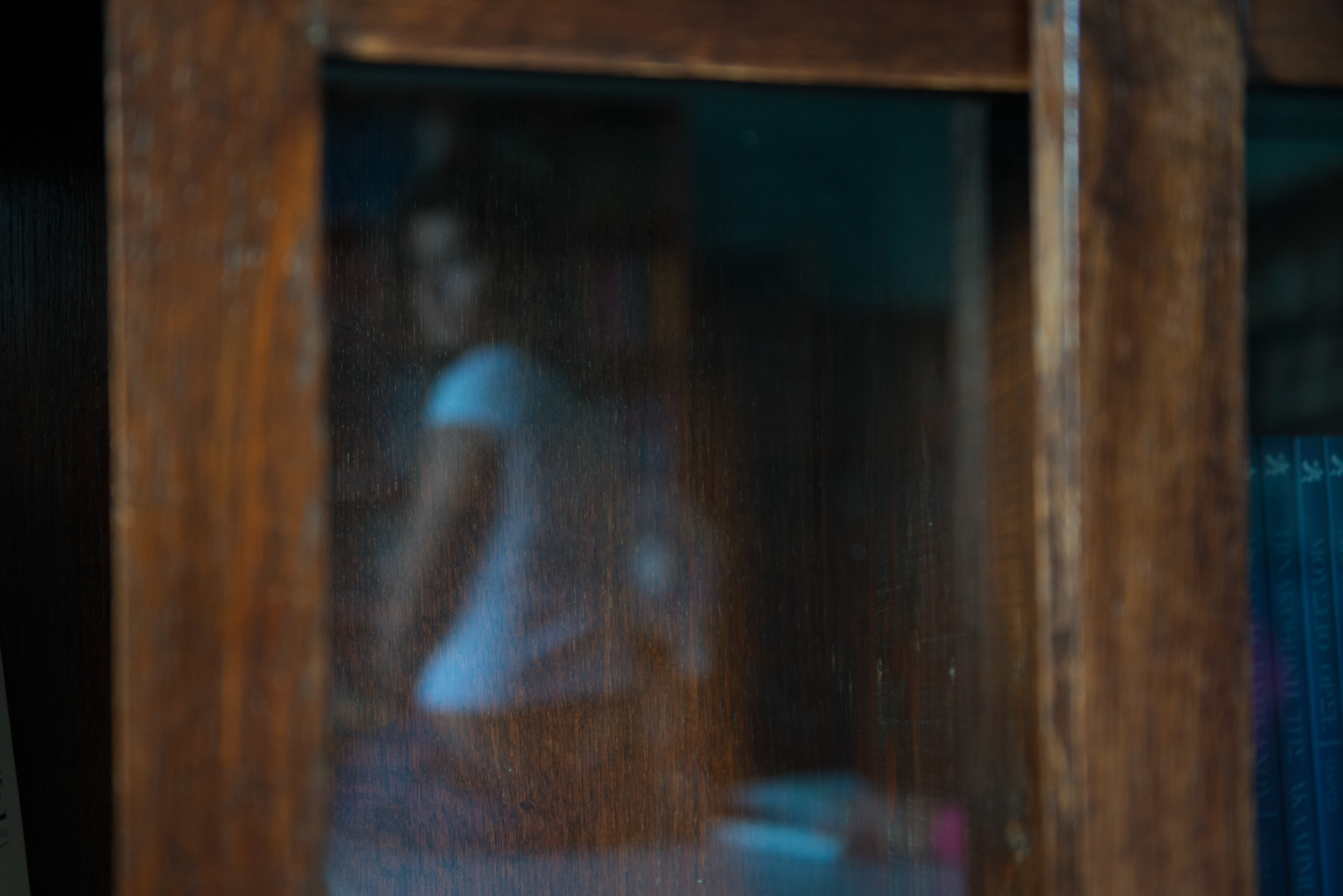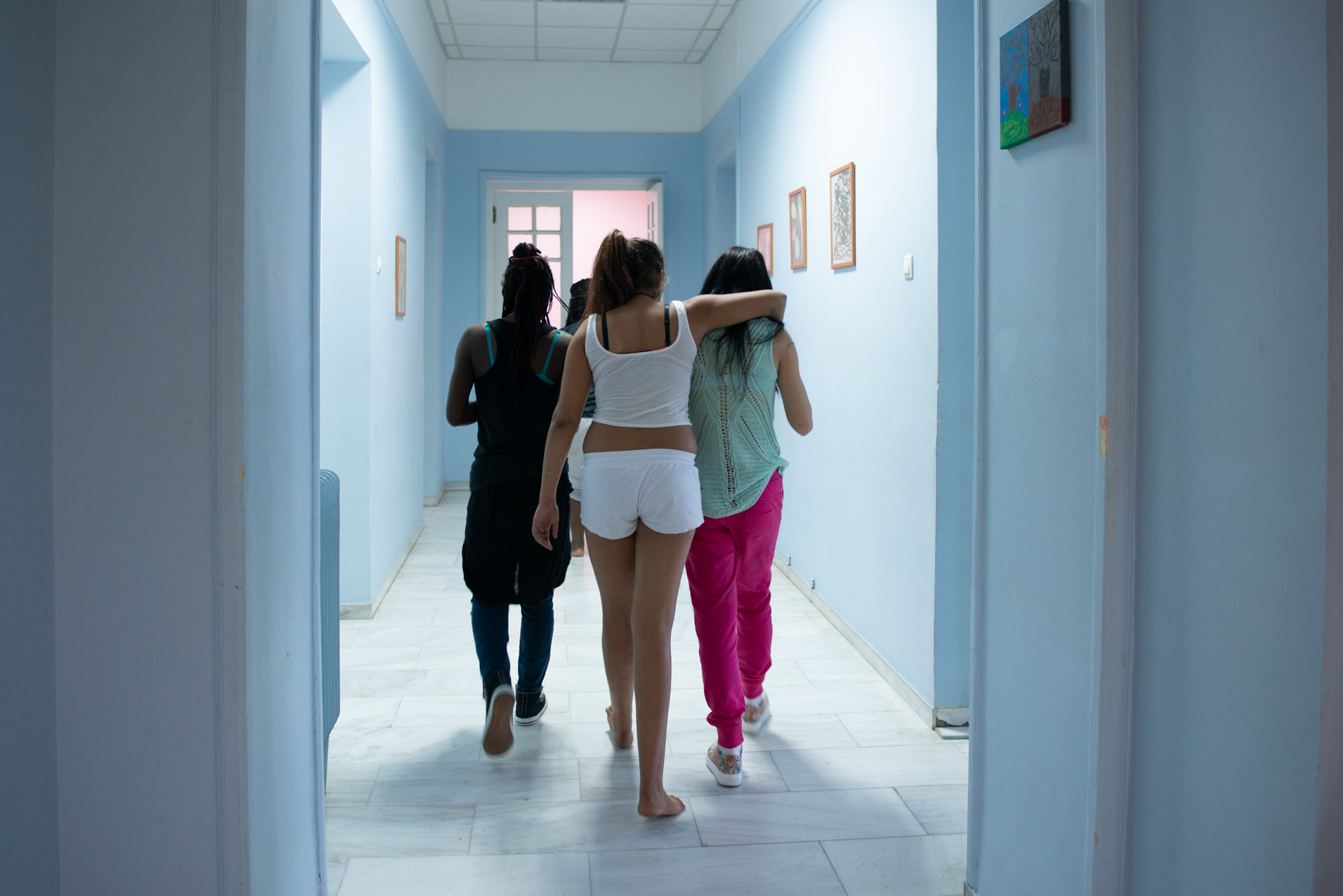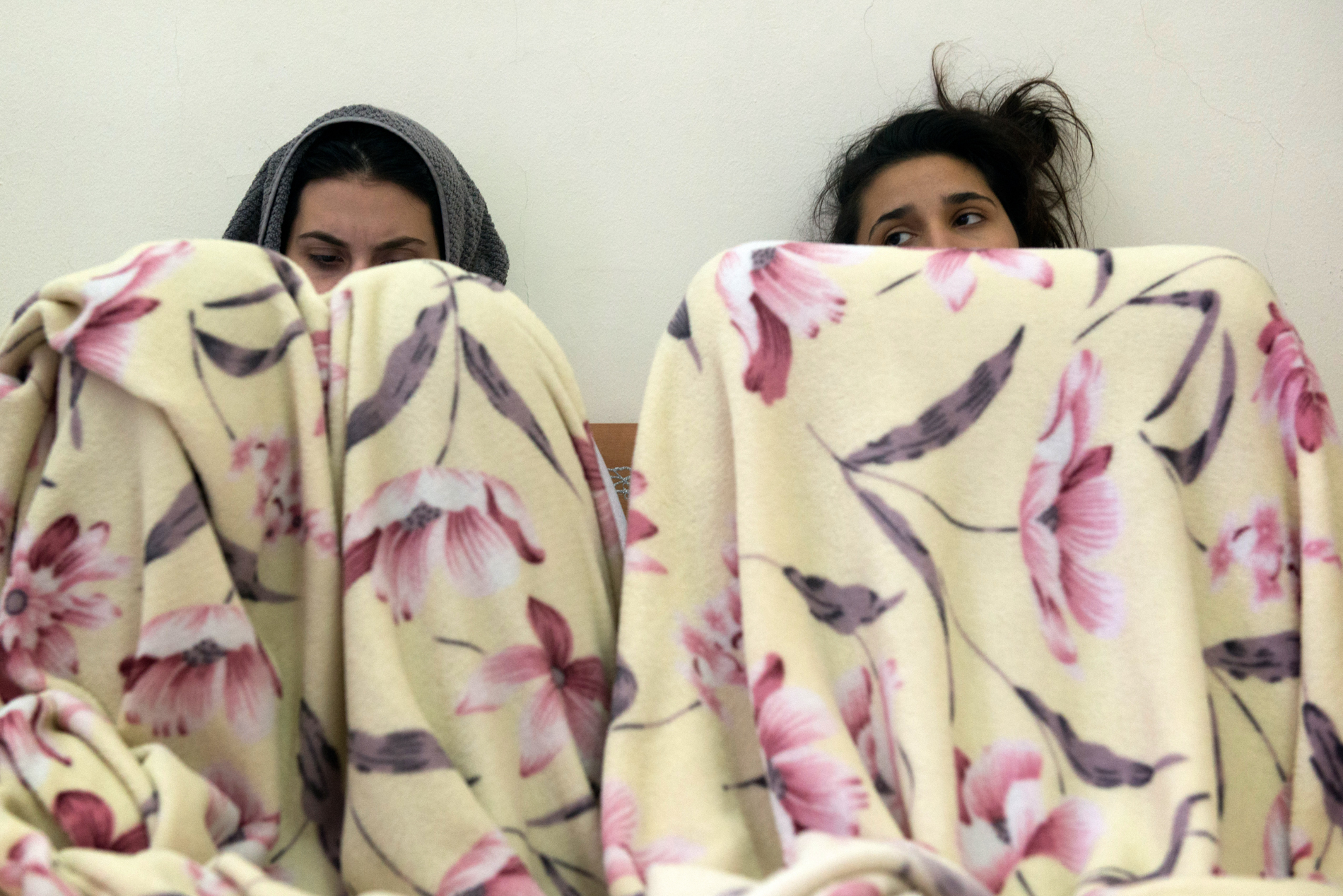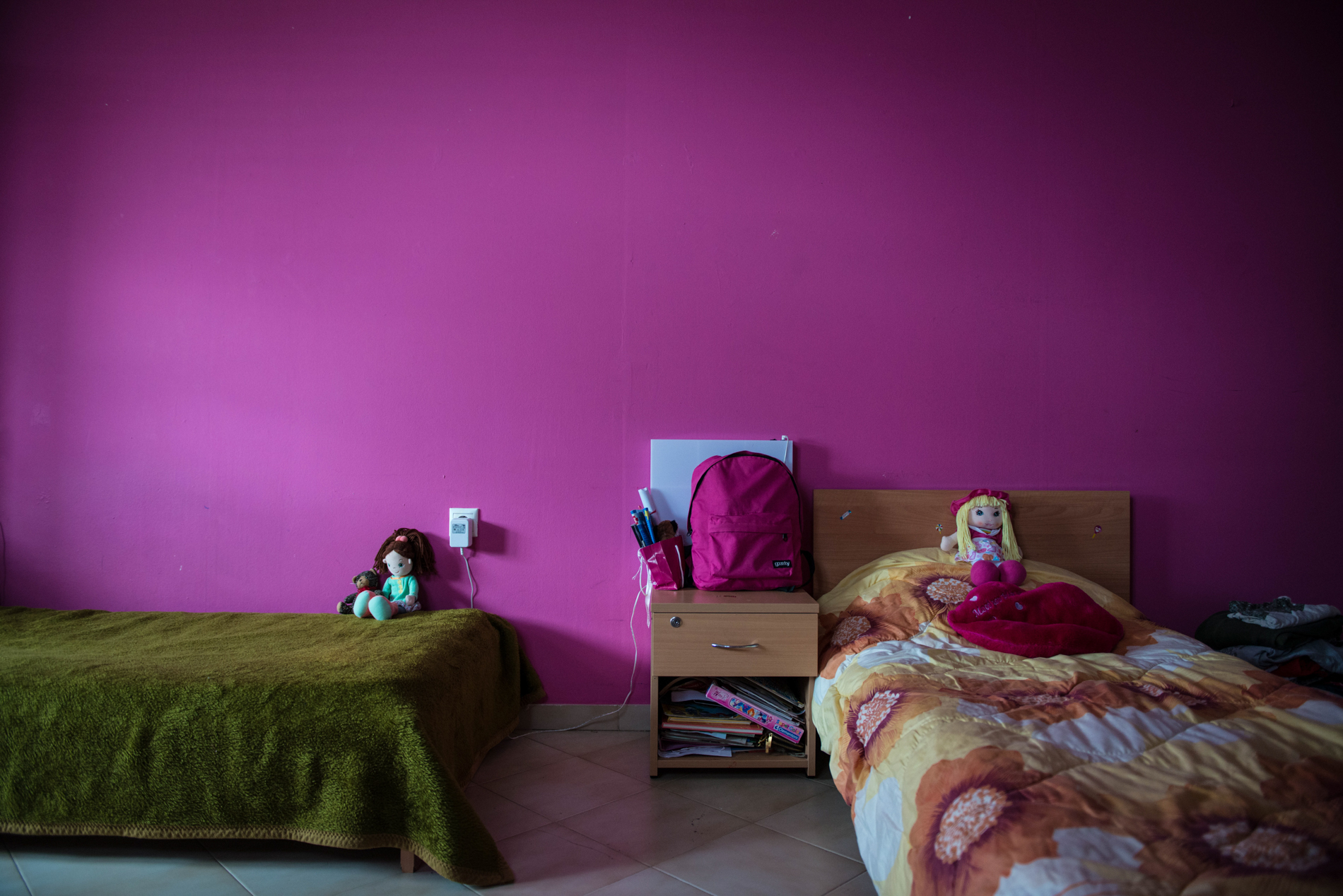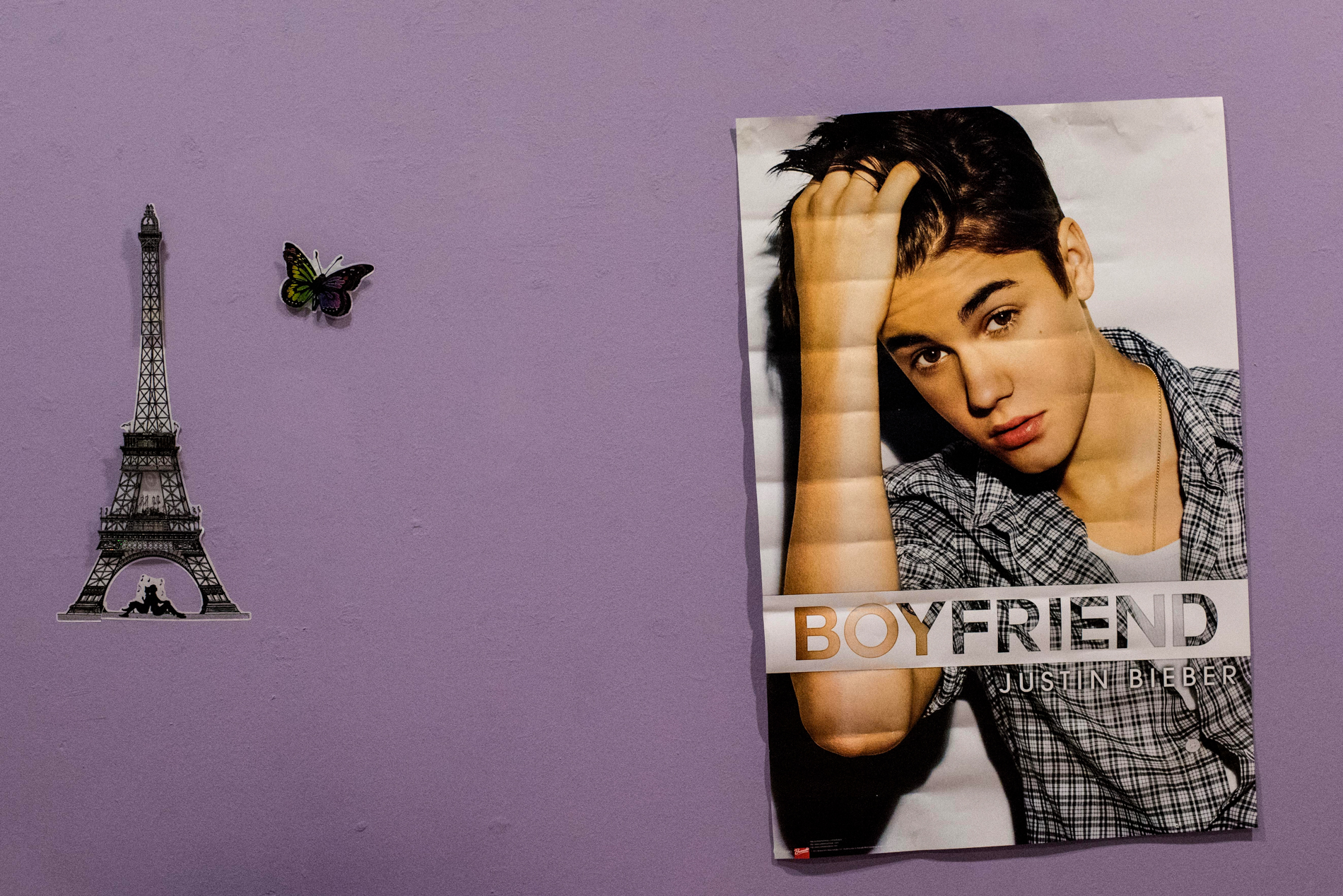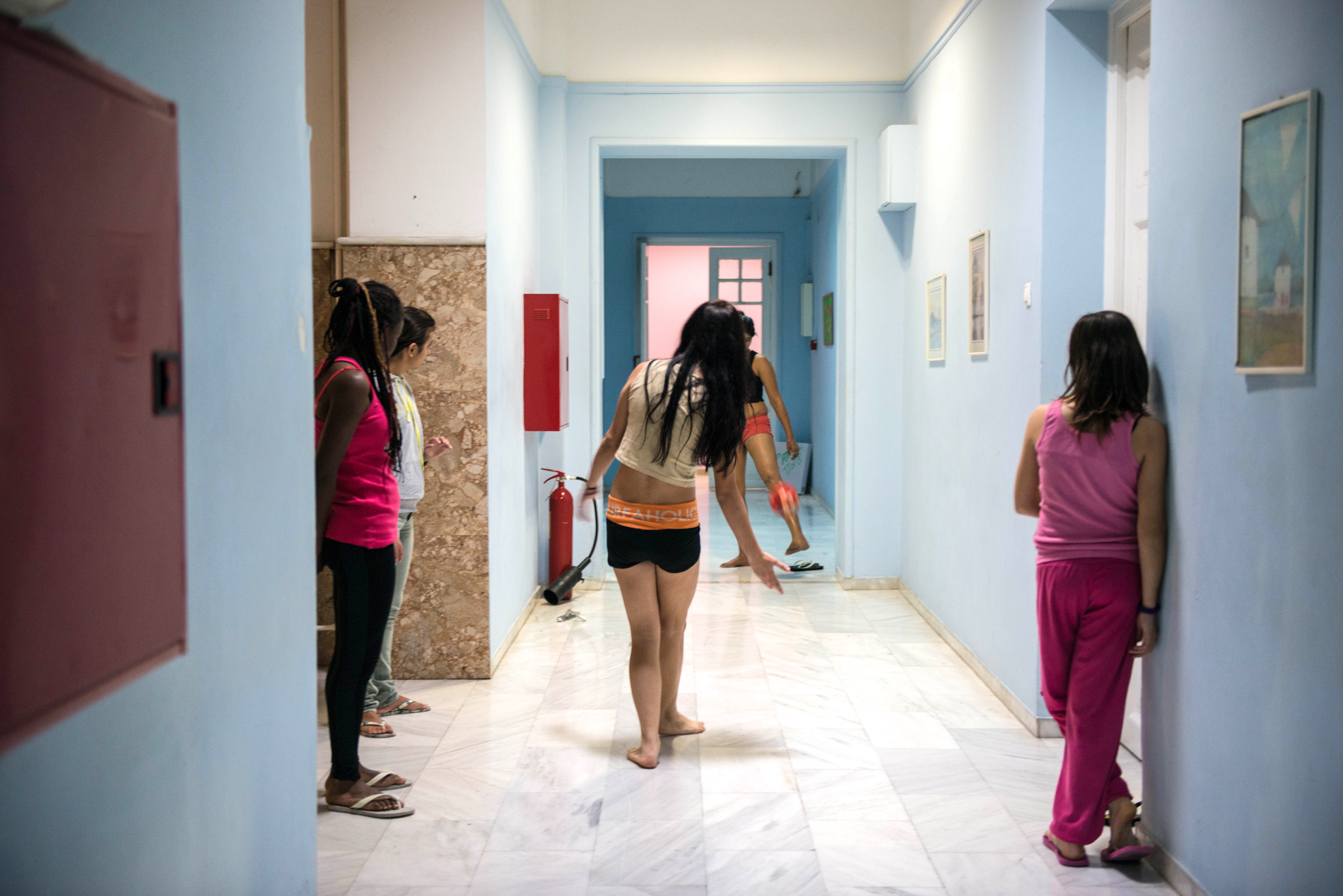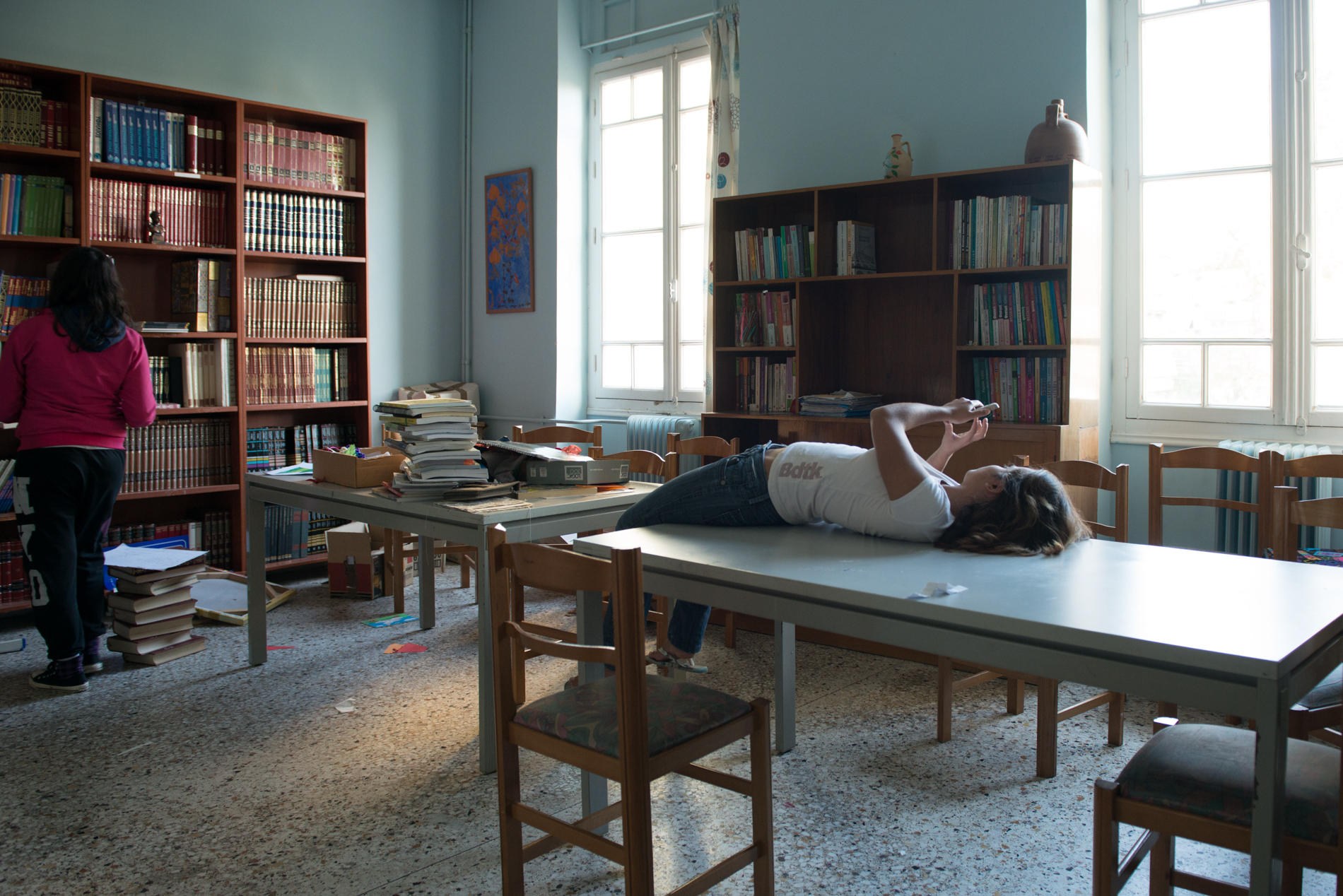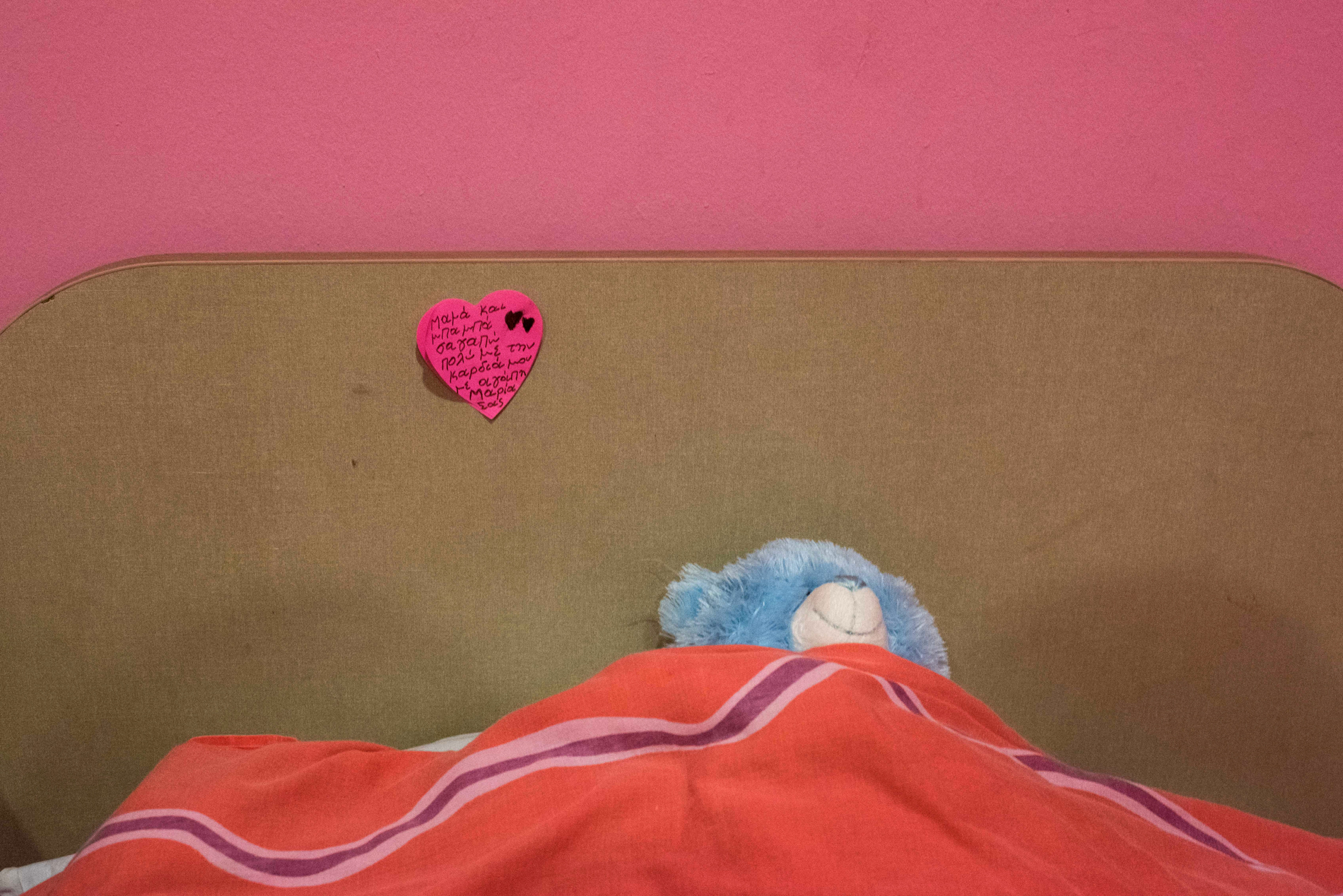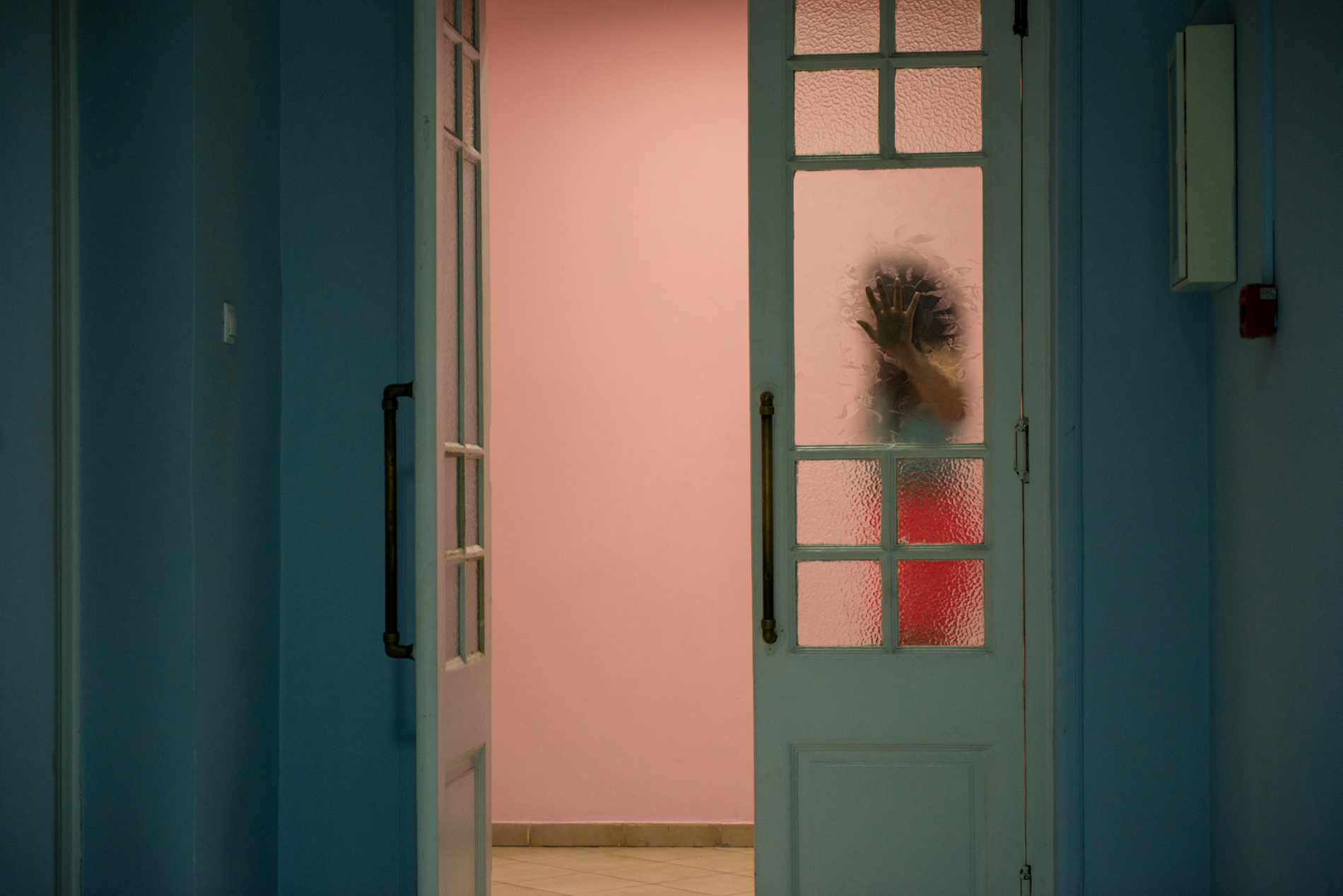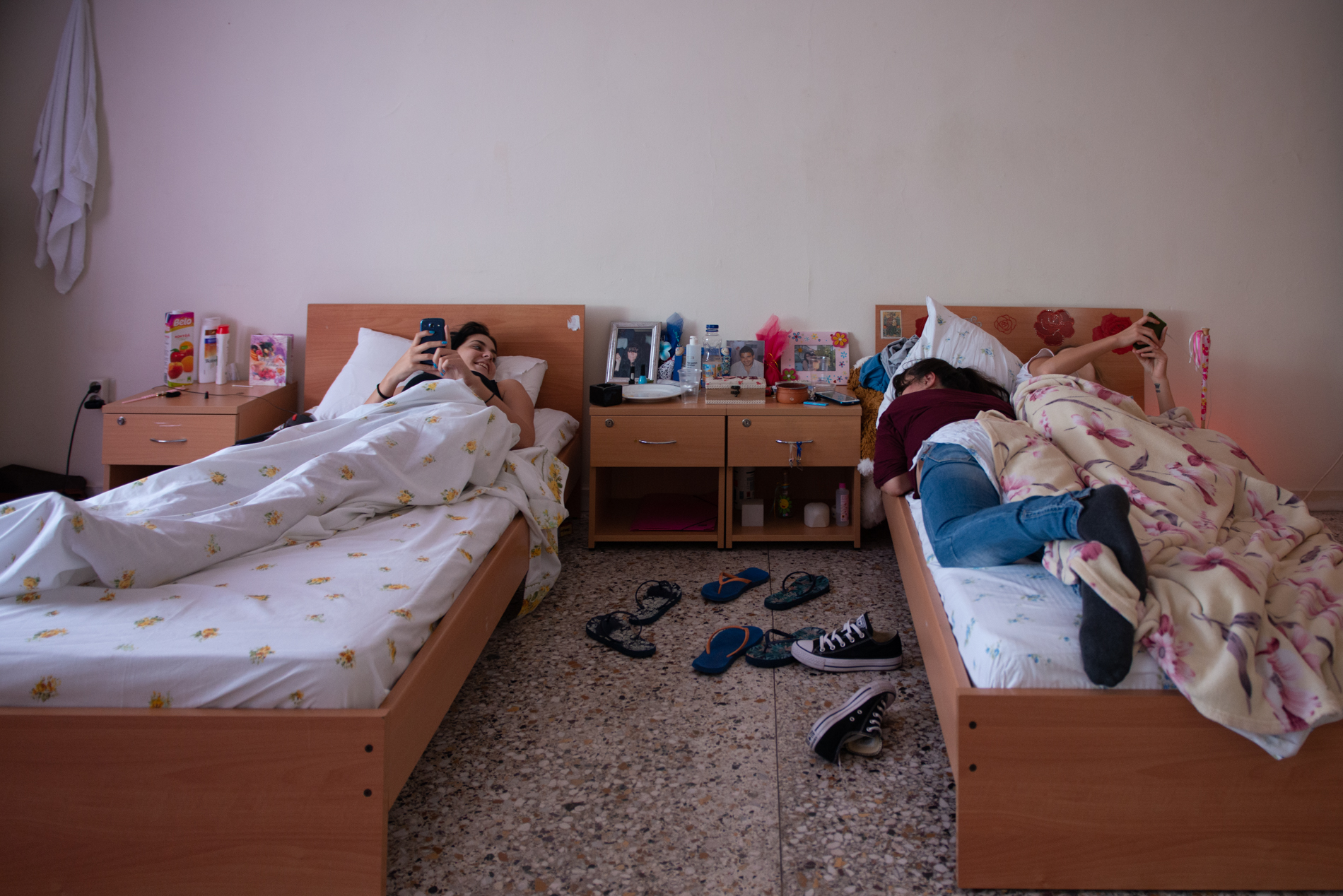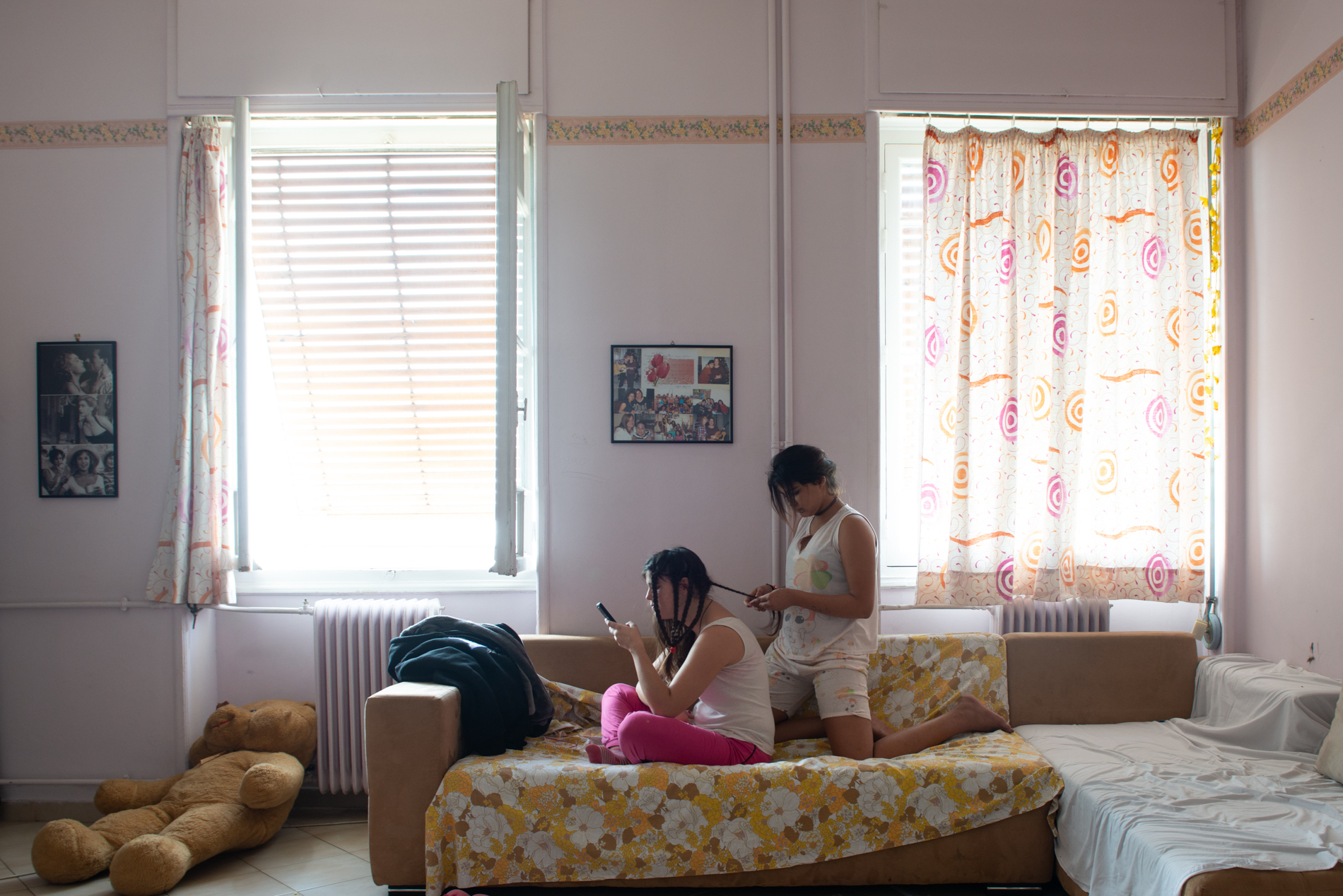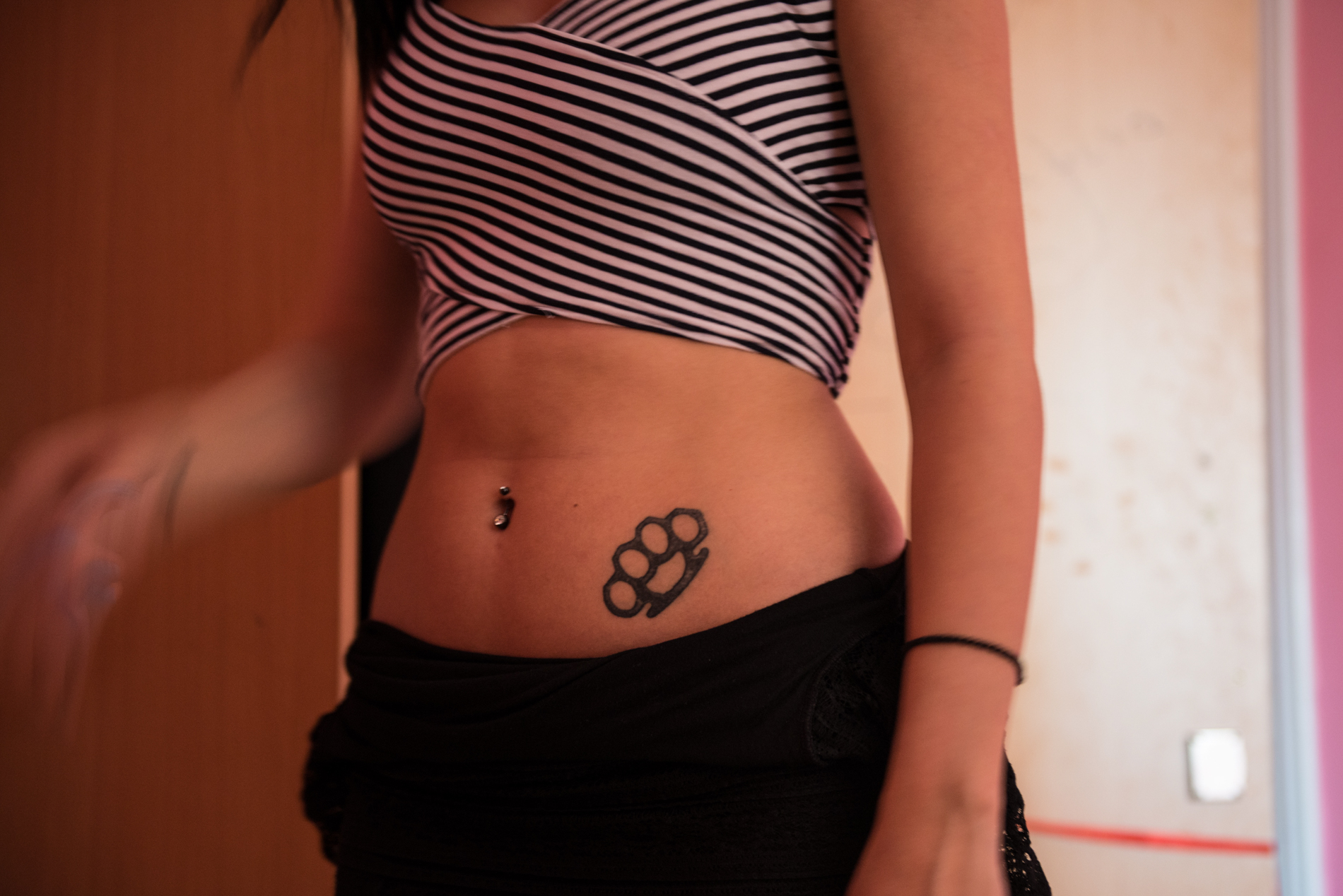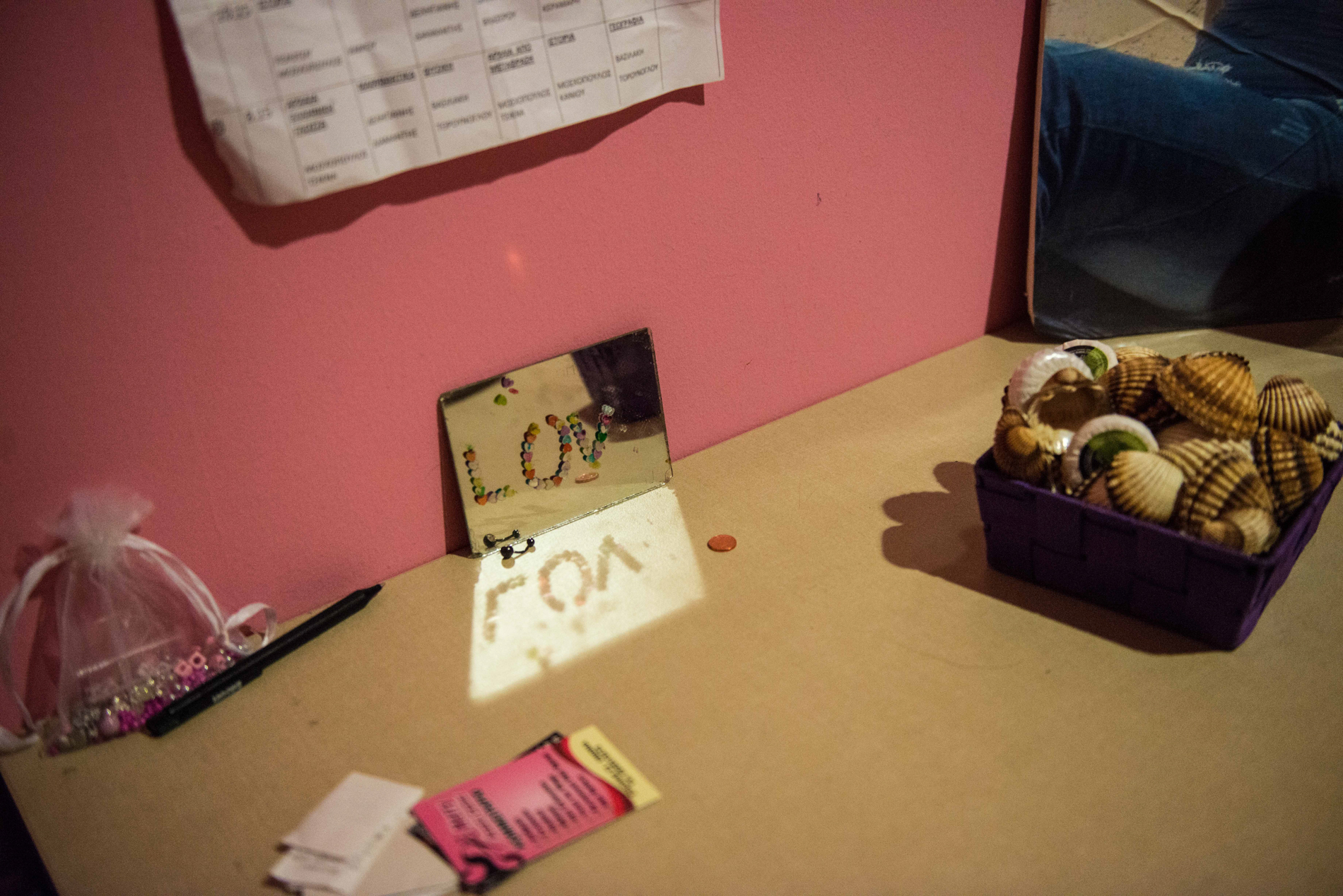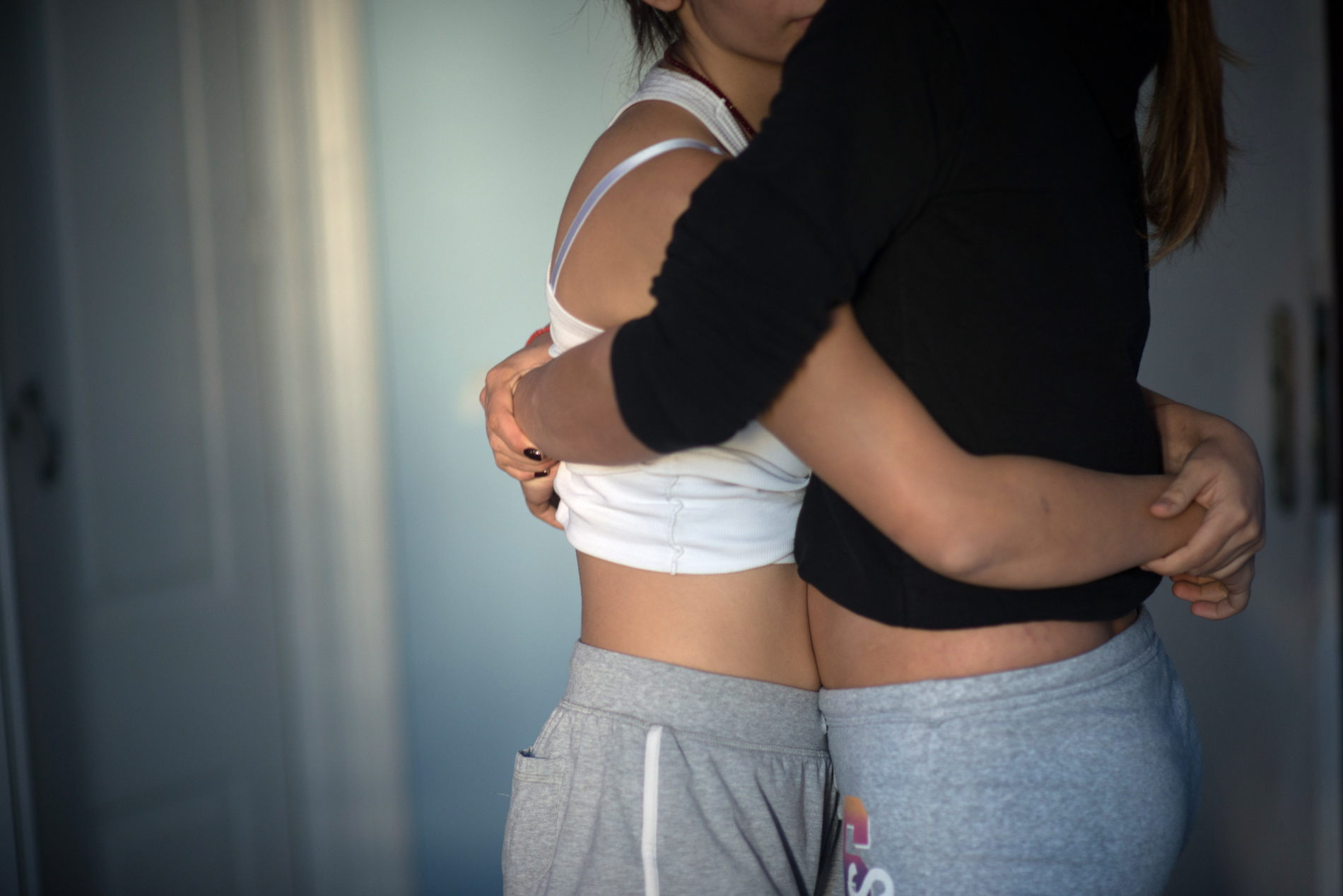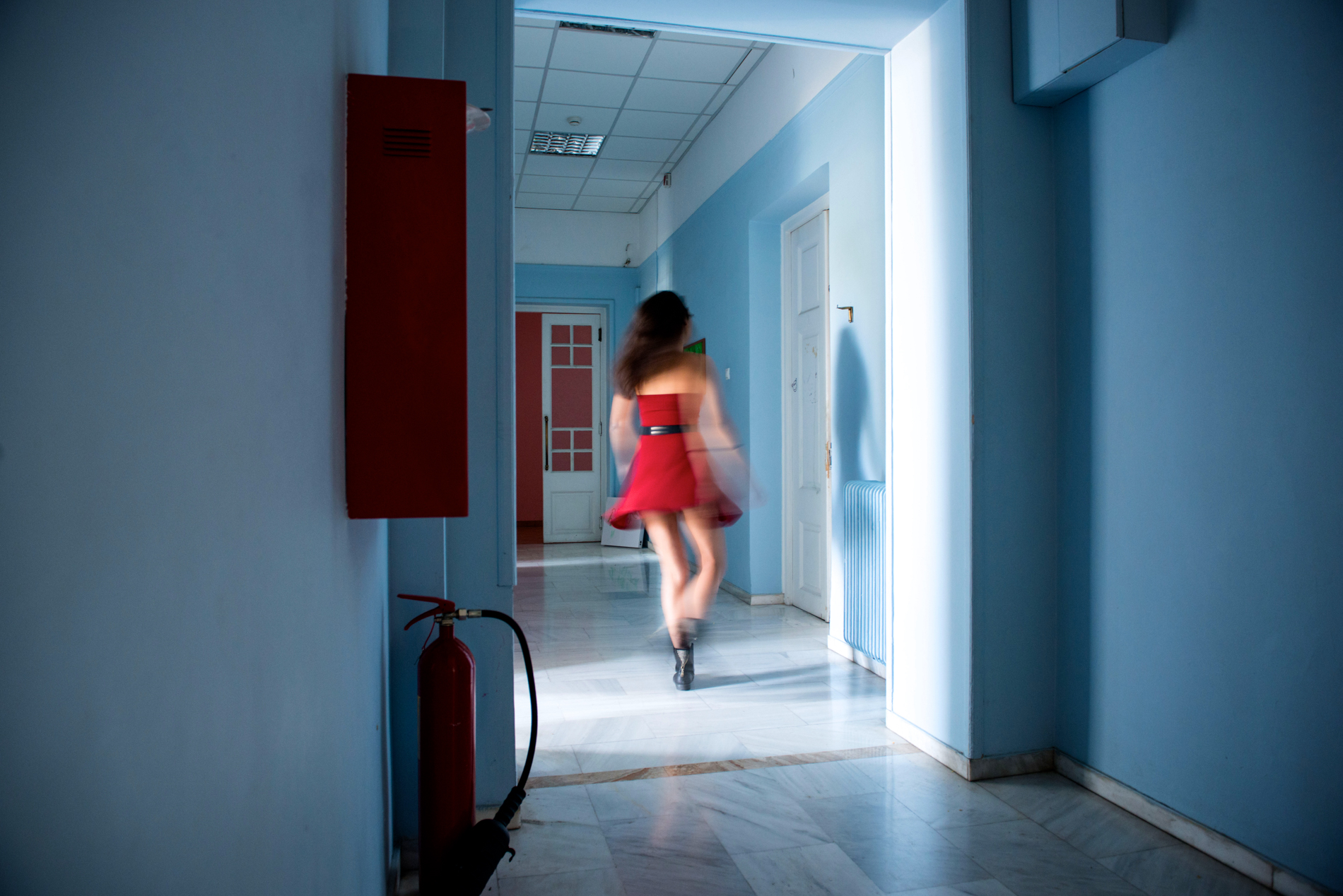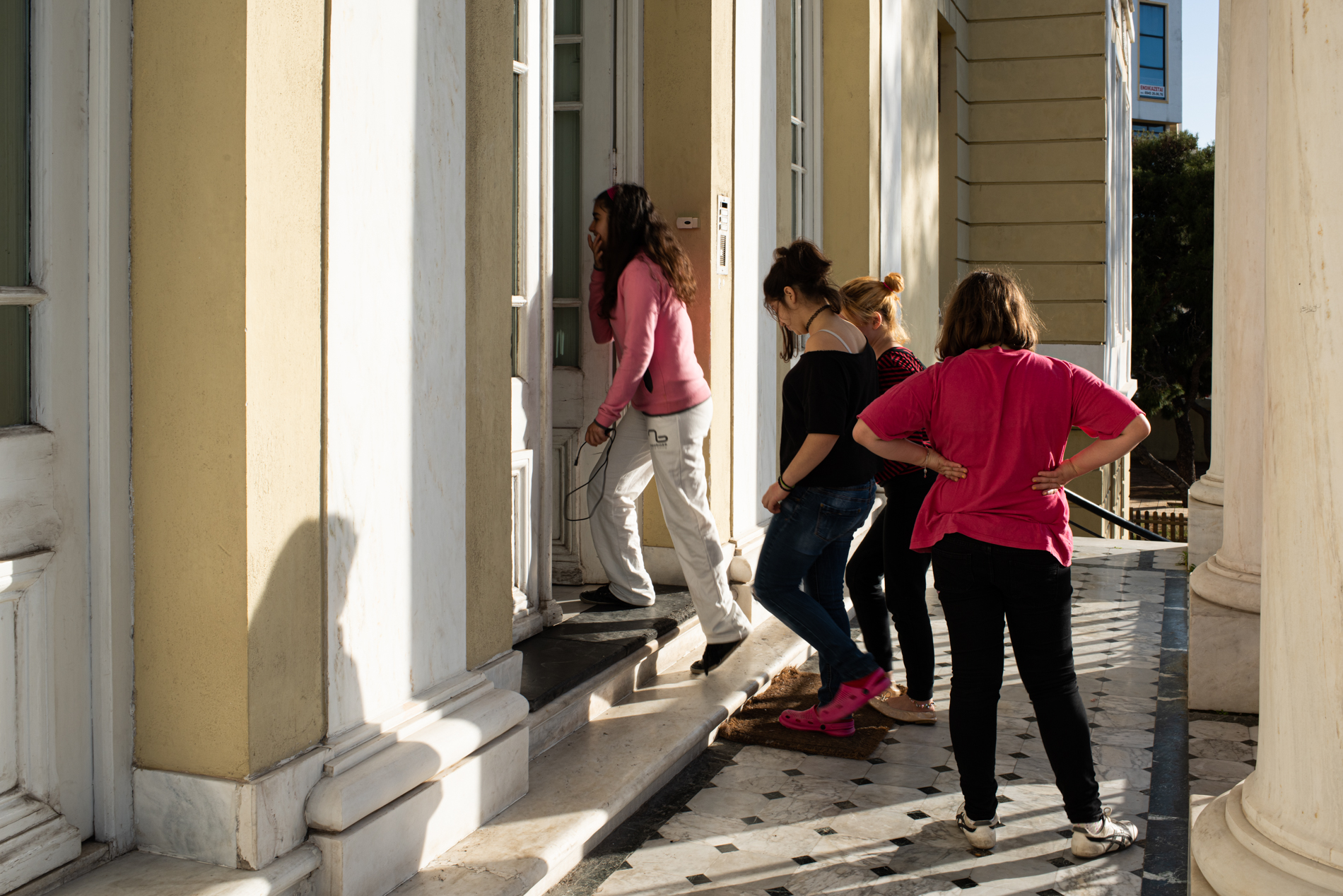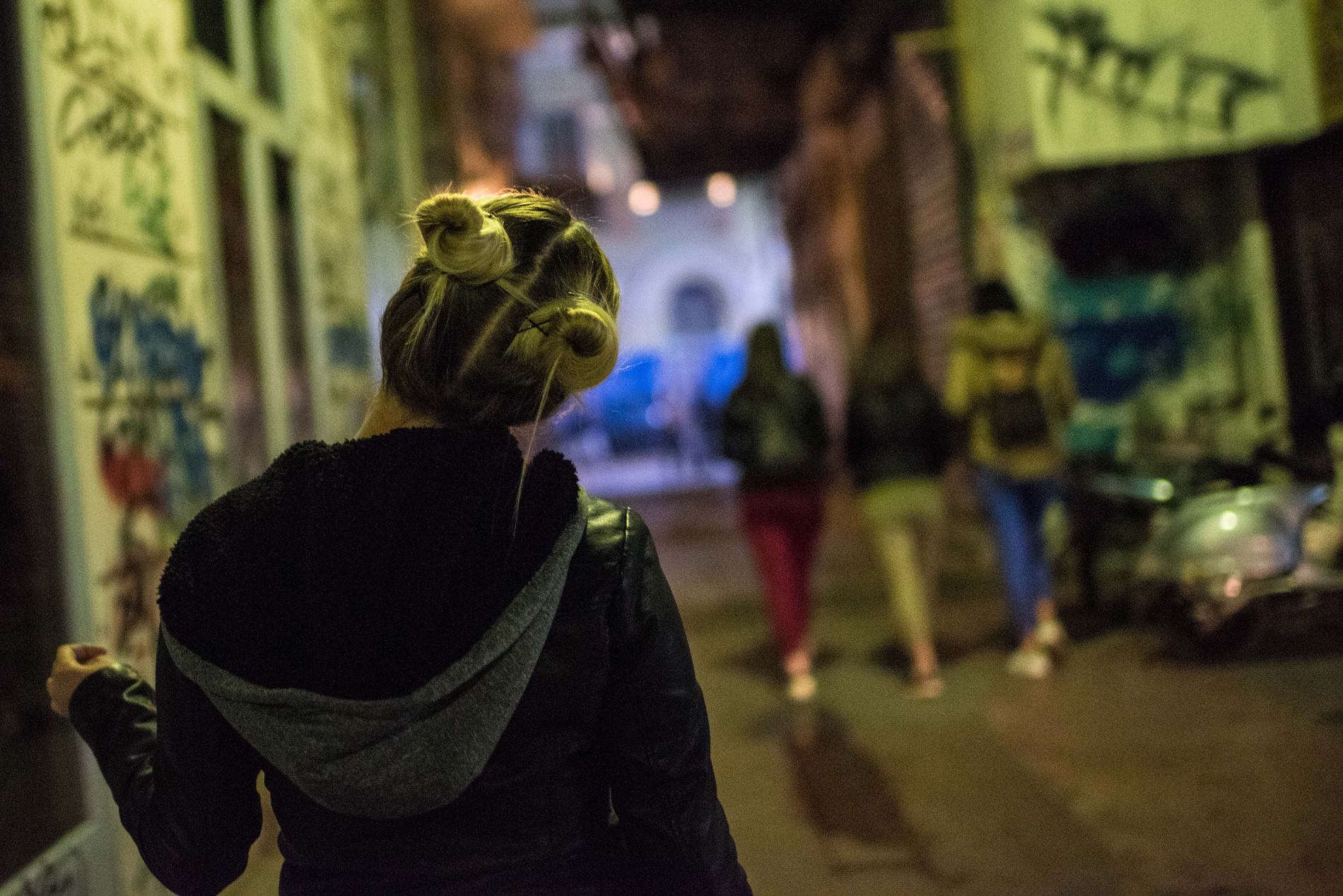Estimates indicate that, of the eight million children living in institutions worldwide, one million are accommodated in Europe. It is worthy to note that institutions for children are also called ‘orphanages’, despite that most of the resident children are not orphans.
By the nature of their place within society, institutions are characterised by an element of marginalisation, carrying a stigma that often leads to social exclusion. I spent several months documenting a young girls’ state institution and never heard them using the word “orphanage”. They could sense that, by the sounds of that word, what pops up first in people’s imagination is the Oliver Twist stereotype.
Although there is valid ground in feeding the imagination and many important issues are yet to be addressed, the predominance of images depicting only the negative side of such institutions does not positively contribute to the efforts aimed at social change. Hence, the images’ predominance cannot but result in the further marginalisation of children living within, and later outside, the welfare system.
These images depict some everyday activities and gestures of teenage girls residing in welfare institutions. The girls are, to begin with, young beautiful girls who attend school, have dreams, cry over their first love, enjoy dressing up, and also laugh and have ‘best friends’.
Nonetheless, these girls are often portrayed as having nothing to show that is reminiscent of young girls’ lives outside welfare institutions. Though the approach may differ, the goal is the same: social acceptance. Without it, social inclusion will never follow.
